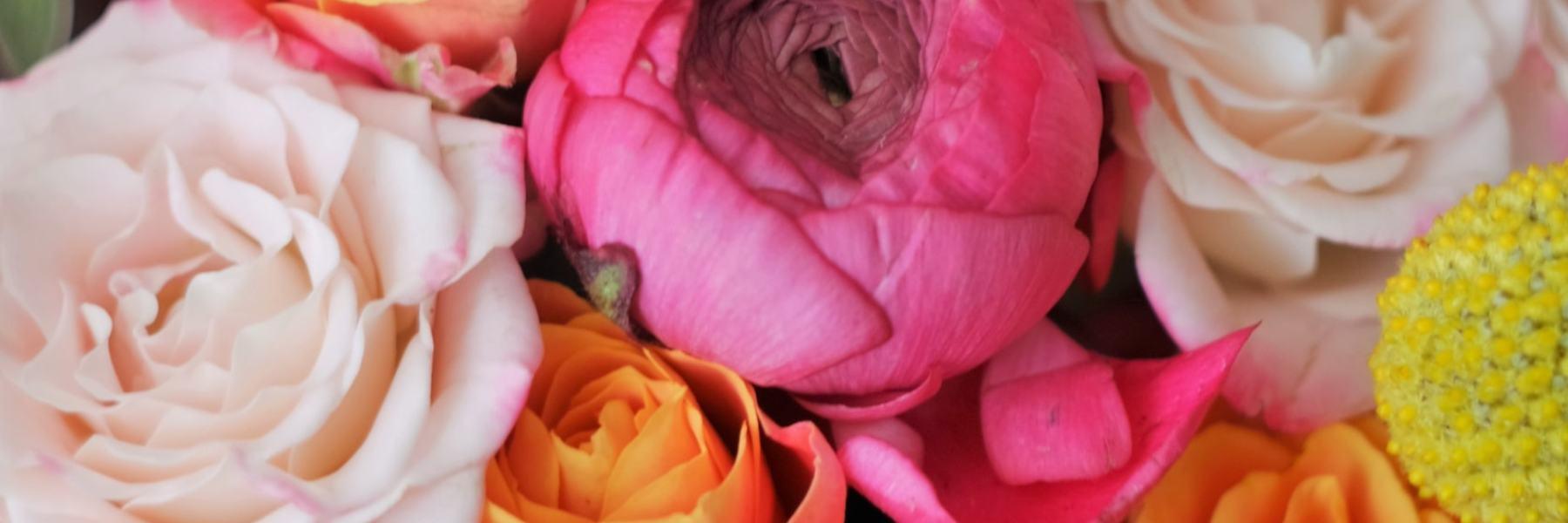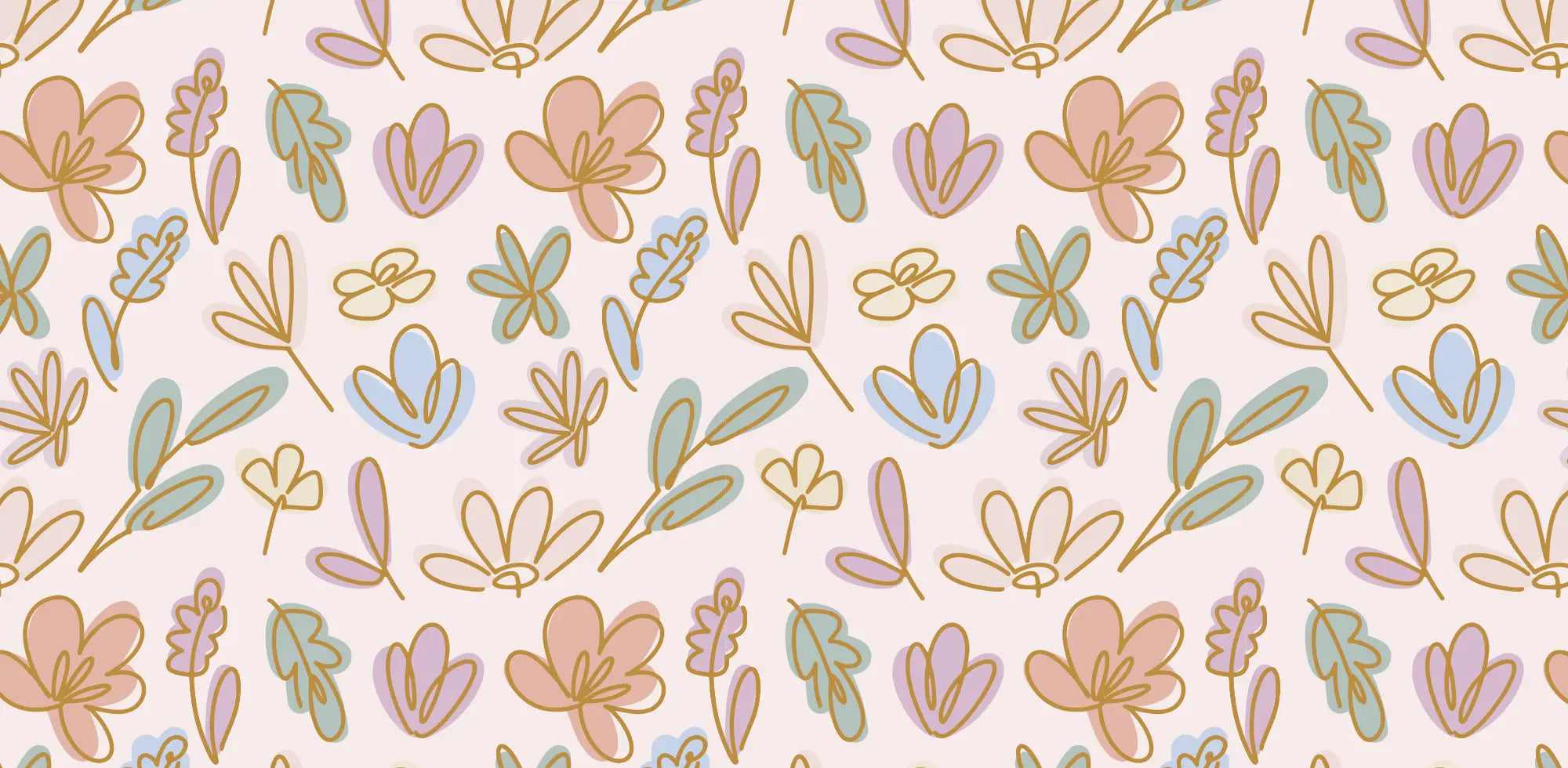How to Take Care of Flowers in a Vase: Top Tips for Fresh Blooms
Do you want to keep your flowers in a vase fresh for longer? Ethylene gas plays a significant role in the ageing process of flowers. Follow these key steps: trim the stems, remove submerged leaves, and change the water regularly to maintain water quality and prevent bacterial growth. This guide will show you how to take care of fresh flowers in a vase efficiently.
Key Takeaways
- Proper preparation of flowers, including removing leaves below the waterline and cutting stems at a 45-degree angle, significantly improves their water absorption and longevity.
- Regular maintenance, such as changing the water every two days and adding flower food, helps prevent bacterial growth and extends the freshness of the blooms.
- Correct placement of flowers away from direct sunlight, heat sources, and ripening fruit, along with using an appropriate vase, contributes to maintaining a stable environment and prolonging the vase life of the flowers.
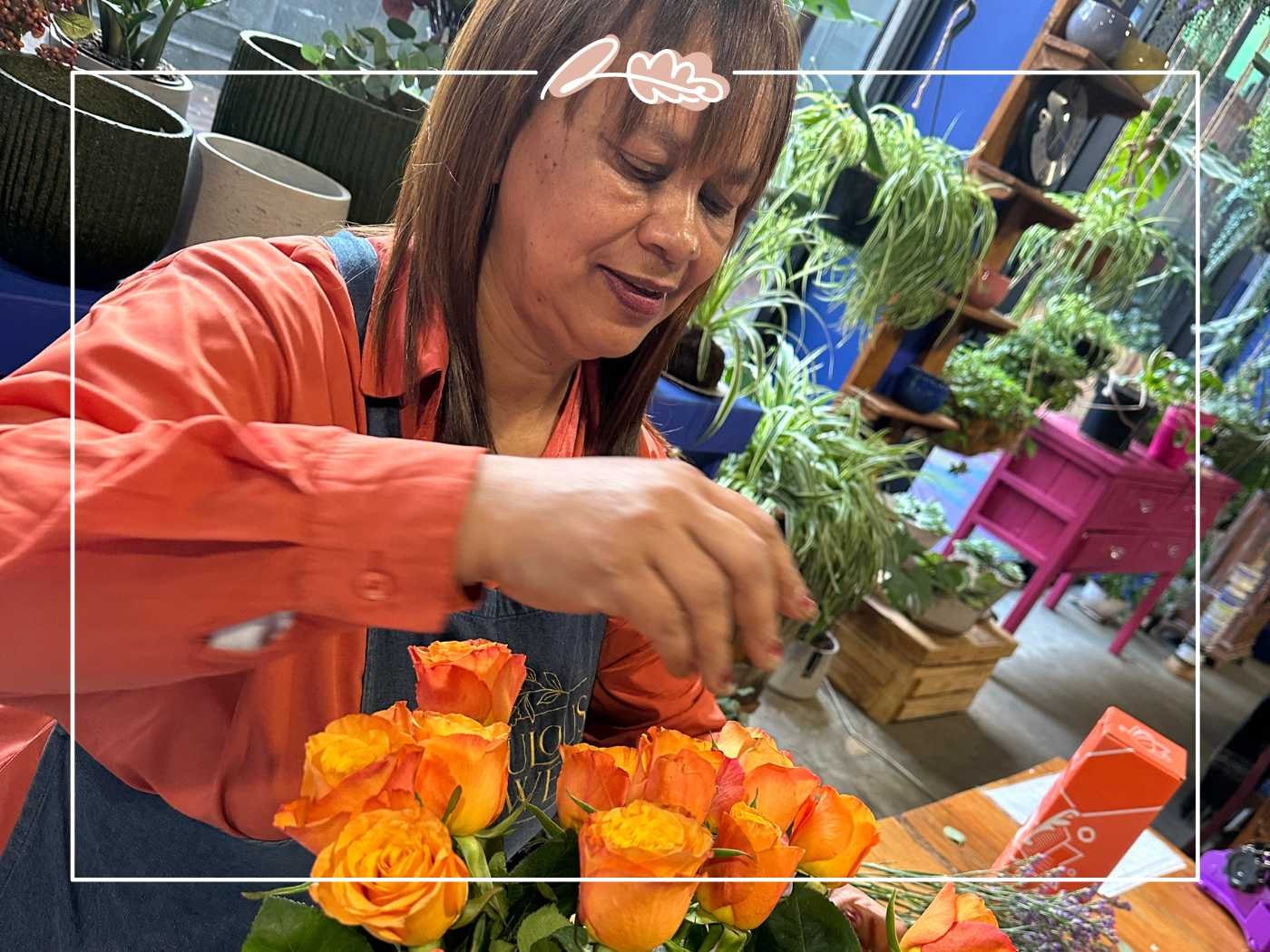
How to Take Care of Flowers in a Vase: Top Tips for Fresh Blooms
Taking care of flowers in a vase goes beyond just placing them in water. It involves a series of steps that start from the moment you bring the flowers home. Ethylene gas, which is released by some fruits and decaying flowers, can accelerate the ageing process of flowers.
Removing dead leaves that will sit below the waterline first helps avoid debris buildup and prevent bacterial growth, keeping the water clean. Cutting flower stems at a 45-degree angle exposes fresh tissue, which improves water intake by preventing the stems from resting flat on the bottom of the vase. Proper nutrient absorption is crucial for maintaining the health and longevity of the flowers.
It’s also important to discard wilted flowers promptly, as they may spread mould to the other blooms, thus shortening the overall vase life. Each step plays a vital role in making flowers last longer, ensuring your bouquet remains fresh and vibrant.
Keeping Flowers Fresh
Maintaining the vibrancy and longevity of fresh flowers relies heavily on appropriate care. Water temperature plays a crucial role in this process. Floral preservatives are also essential as they help maintain the freshness of the flowers last longer too. This not only enhances their appearance but also extends their vase life, allowing you to enjoy their beauty for a longer period. The visible ornamental value of the flowers is preserved, preventing the early loss of decorative quality.
Several factors contribute to keeping flowers fresh and vibrant. The quality of water, type of vase, and surrounding environment are all crucial elements. Knowledge on flower preservation in vases can add extra days to your peony season or roses, prolonging the joy and beauty they bring into your home.
Buying fresh blooms from a florist ensures you get the longest-lasting and most cut flowers, but knowing how to care for them once they are home is equally important. This guide will help you navigate through the process of flower care, ensuring that your floral arrangements remain a stunning focal point in your home.
Preparing Your Flowers
Preparing your cut flowers properly is the first step in ensuring they stay fresh and vibrant. Conditioning your cut flowers involves several key steps that help prolong their longevity in displays and ensure they look their best.
Begin by following these steps to properly prepare your flowers:
- Remove any wrapping from the flowers to allow them to breathe and absorb water more effectively.
- Trim about 2-3cm from the bottom of the stems at a 45-degree angle to expose fresh tissue, which improves water absorption. This also helps to avoid stem blockage, ensuring the flowers can take up water efficiently.
- Remove any foliage that will sit below the waterline to prevent bacterial growth and keep the water clean. Be cautious of air bubbles, as they can hinder water absorption and affect the freshness of the flowers.
By following these flower care tips, you can ensure that your bouquet of fresh cut flowers stay fresh and beautiful for longer. Read our blog for a Comprehensive Flower Care Guide
Removing Wrapping
Unwrapping your flowers is key to their health. Wrapping can restrict the flowers’ ability to breathe and absorb water, essential for maintaining their freshness. It’s recommended to remove any wrapping within 24 hours to allow the flowers to absorb water and nutrients more effectively.
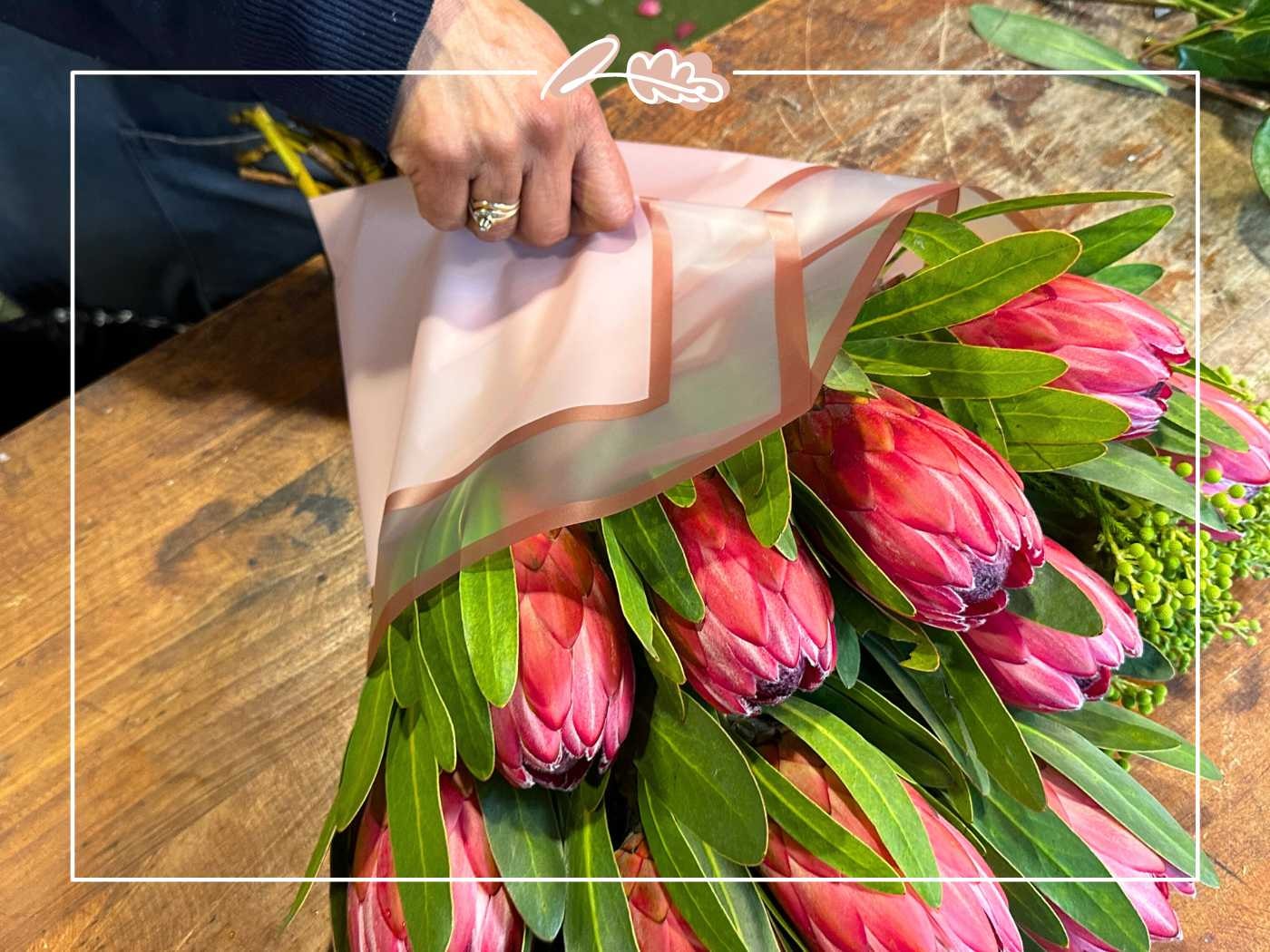
Cutting Flower Stems
Correct stem cutting significantly improves water absorption. By cutting the stems at a 45-degree angle, you prevent the stems from resting on the bottom of the vase, ensuring better water absorption. This angle exposes more fresh tissue, allowing the flowers to drink more water more efficiently. To achieve this, simply cut the stems as instructed.
To trim and cut the stems off of your flowers, follow these steps:
- Trim about 2-3cm from the bottom of the stems at this angle to expose fresh tissue.
- Using sharp scissors or a knife is important to avoid crushing the stems, which can hinder water absorption.
- Remember, if you remove the stems from water, the ends can seal, so re-cut them before placing them back in the vase.
Regularly re-cutting the flower stems re - cut the stems once every few days can significantly improve the longevity of your flowers. This practice ensures that the flowers continue to absorb water effectively, keeping them fresh and vibrant for a longer period.
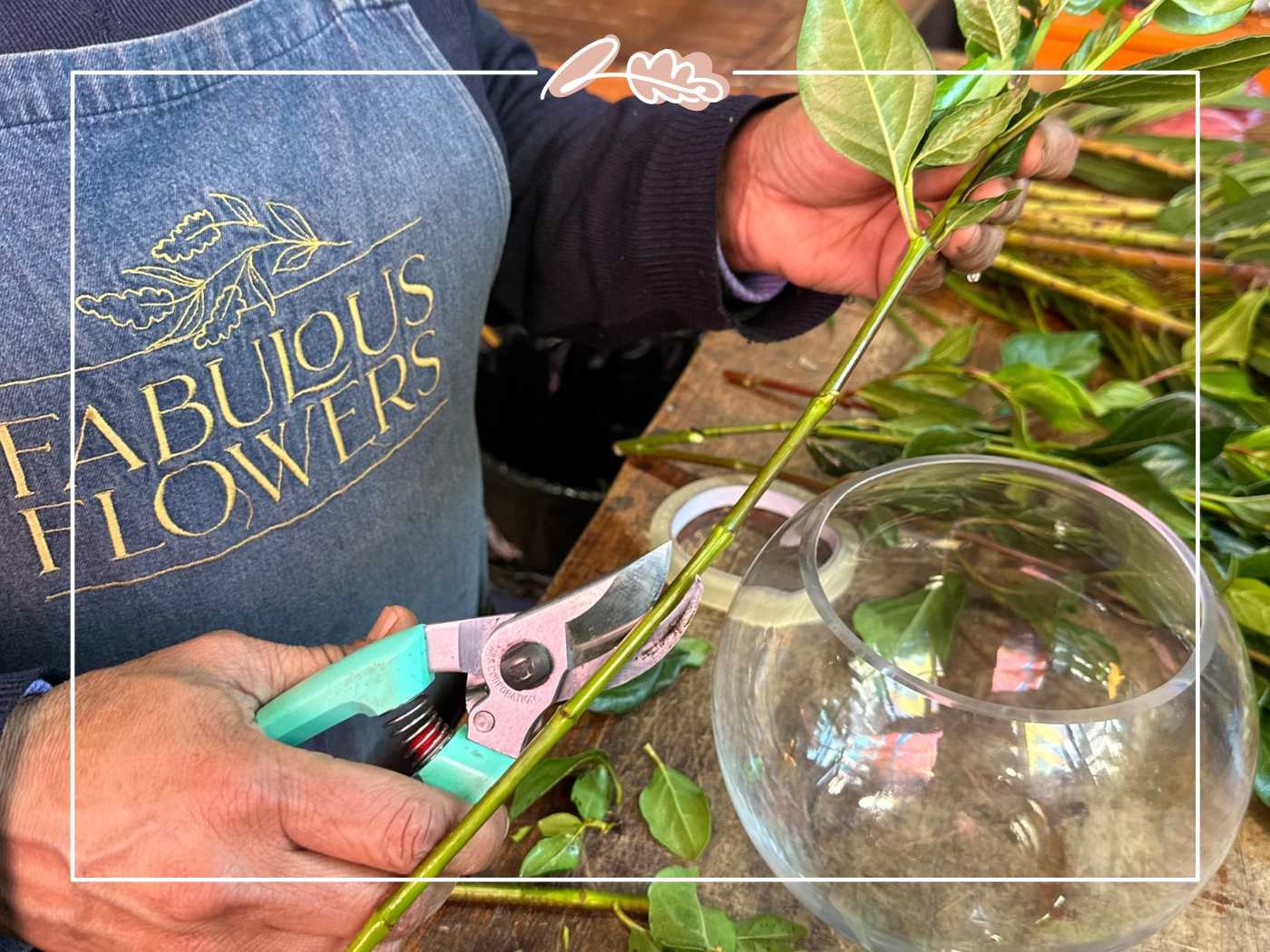
Removing Leaves Below Waterline
A simple step in flower care, such as removing leaves below the waterline, can be highly effective. Leaves submerged in water can create debris, promoting the growth of harmful bacteria, which can shorten the vase life of your flowers. Before placing flowers in a vase, always remove any foliage that will be submerged in the above water line.
This practice not only keeps the water around most flowers clean but also prevents bacterial growth that can clog the flower stems and hinder water uptake. By keeping the water around keep flowers clean, you ensure that your flowers stay fresh longer and continue to brighten up your space.
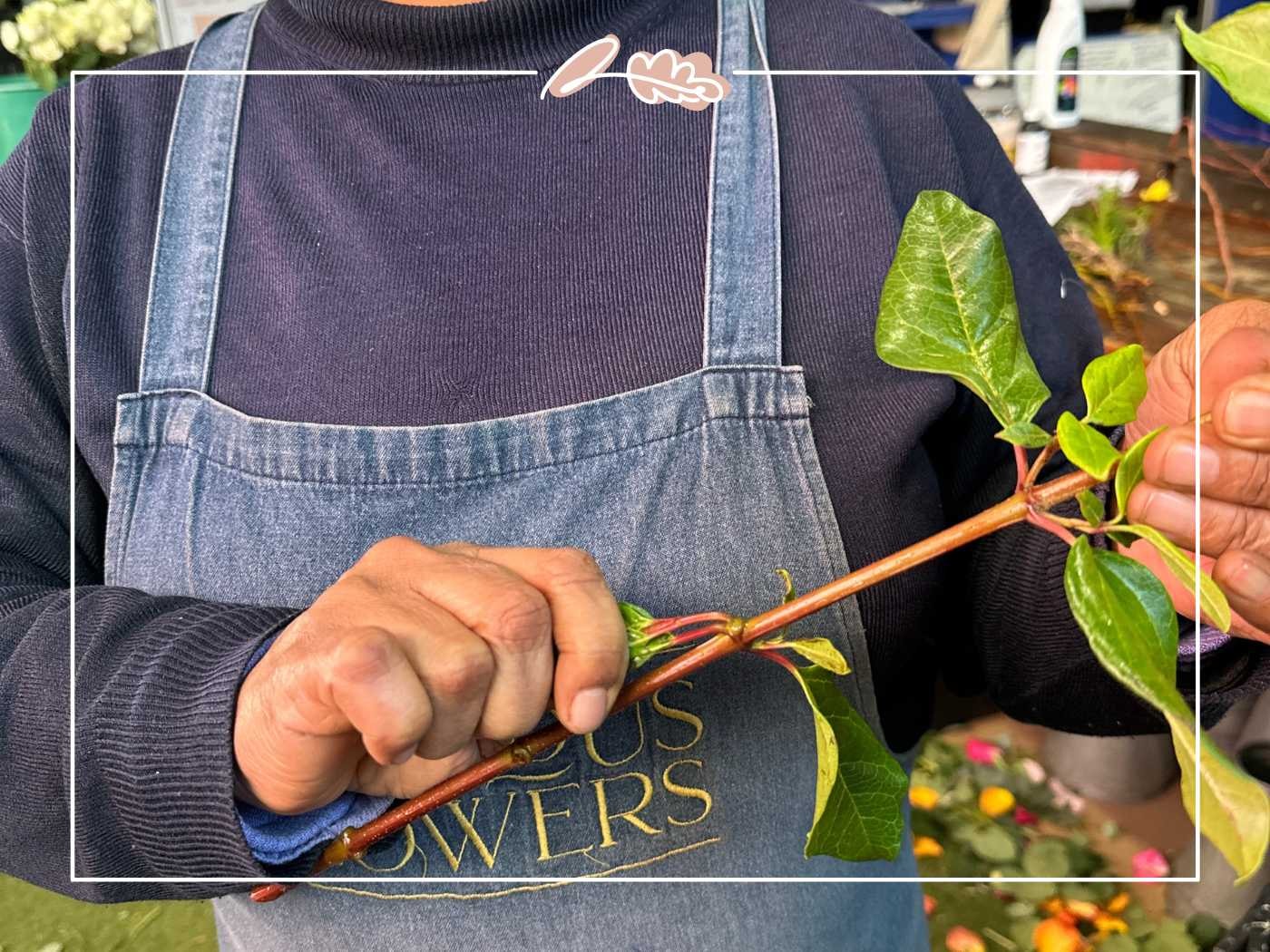
Choosing the Right Vase and Water
Choosing a suitable vase and water significantly affects the health of your cut flowers. Here are some tips to keep in mind:
- Choose a vase that’s half the height of the flowers to ensure stability and proper support. Maintaining vase hygiene is crucial to prevent bacterial growth and extend the life of your flowers.
- For bottom-heavy bouquets, a narrower vase provides better stability. Monitoring the water pH is essential as it affects the flower’s ability to absorb nutrients and stay healthy.
- For top-heavy bouquets, a wider vase is ideal.
Fill the vase two-thirds full with warm water to help flowers absorb water more efficiently. Adding flower food to the warm water nourishes the flowers, contains antimicrobial ingredients to prevent bacterial growth, and makes the water acidic, which helps maintain flower freshness.
Selecting a Vase
Selecting a suitable vase not only provides adequate support for your flowers but also contributes to their longevity. For bottom-heavy bouquets, a narrower vase provides the necessary stability and support. On the other hand, wider vases are better suited for top-heavy bouquets, offering better balance.
For single flowers or classic stem bound bouquets, a vase with a narrow opening or an hourglass shape allows the stems to spread and the flowers to fall open naturally. A large volume vase with a narrow opening is perfect for displaying roses with big branches loose leaves, ensuring stability with thick glass.
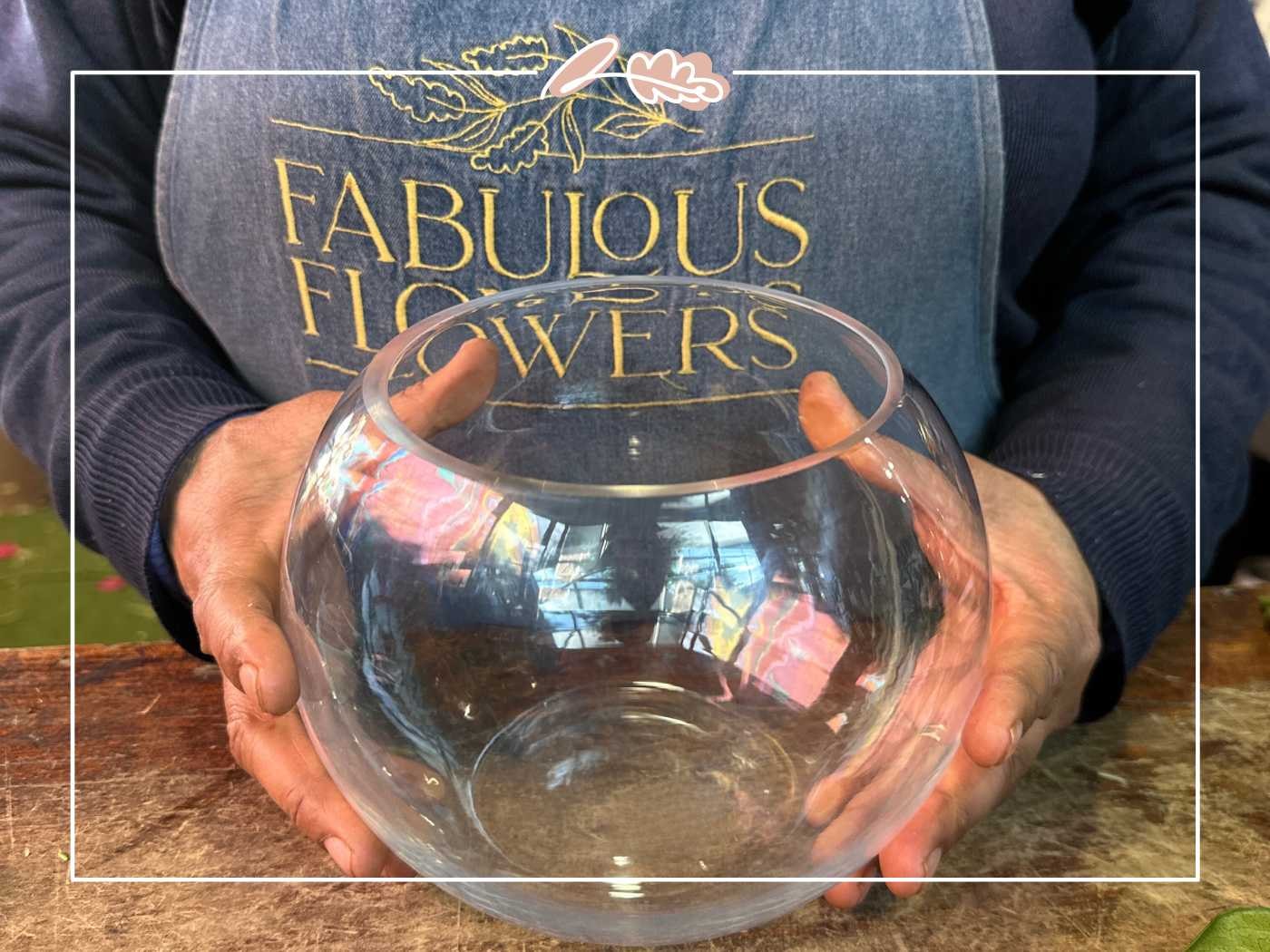
Filling the Vase with Water
The health of your flowers greatly depends on filling the vase with an appropriate amount of water. Here’s how to do it:
- Fill the vase two-thirds full with fresh, lukewarm water. Chlorine in tap water can be harmful to flowers, so consider using filtered water.
- Lukewarm water helps flowers absorb water more efficiently and prevents wilting. Water hardness can also affect how well flowers absorb water, so using soft water is beneficial.
- Ensuring efficient water absorption is crucial for keeping your flowers fresh longer.
Adding flower food to the lukewarm water provides essential nutrients to the flowers and prolongs their lifespan. To make most your flowers last longer and benefit from the flower food longer, top up the water the day after receiving your flowers.
Adding Flower Food
The freshness of flowers can be maintained by:
- Adding flower food to the vase water. Commercial floral preservatives limit bacterial growth and prevent water from becoming cloudy. A sugar solution can also provide essential nutrients to the flowers.
- Using homemade preservatives like a mixture of sugar and lemon juice, which can achieve similar benefits. Citric acid in lemon juice helps to lower the pH level of the water, enhancing flower hydration.
- Using tap water with the correct dosage of commercial flower food to help maintain the flowers in optimal condition.
You can make a simple homemade flower food by combining 1 teaspoon of sugar and 2 teaspoons of lemon juice with about a quart of warm tap water. Add 1 teaspoon of bleach to the mixture to help keep the water clean. Adding sugar to the water can help revive wilted flowers, giving them a new lease on life.

Maintaining Fresh Water
Keeping the water in the vase fresh is key to prolonging your flowers’ lifespan. Regular water change frequency is crucial to maintaining optimal conditions. Changing the water every two days prevents bacterial growth and maintains the flowers’ ability to absorb water. Ensuring water clarity is important as it allows flowers to absorb nutrients more effectively.
Regular water changes ensure that your flowers remain in clean water, prolonging their freshness. Adding a small drop of household bleach to the water helps keep it clean and reduces bacterial growth. This simple step can make a significant difference in keeping your flowers fresh longer.
Changing Water Regularly
Regular water changes are essential to minimize bacterial growth and preserve flower freshness. Polluted water in the vase can lead to wilting and other problems for fresh cut flowers too. Therefore, it’s important to change the water every two days for maximum cleanliness and flower freshness.
After changing the water, always refill the vase with fresh, clean water at least two-thirds full. This practice ensures that your flowers continue to absorb water effectively, keeping them vibrant and healthy.
Cleaning the Vase
A clean vase avoids bacterial buildup and creates a healthier flower environment. The dirty water in a vase can harbour bacteria, clogging up the flowers’ water channels and preventing them from absorbing necessary nutrients. To ensure a clean vase, follow these steps:
- Thoroughly clean the vase with hot, soapy water. Using a disinfectant can further eliminate harmful bacteria.
- Rinse the vase well to remove any soap residue, as residue can negatively impact the health of your flowers.
- Refill the vase with fresh water before adding your flowers.
By following these steps, you can maintain a clean and bacteria-free vase for your flowers.
Using clean vases, knives, and clippers can prevent bacterial growth in vase water. This simple step can significantly enhance the longevity of your flowers, keeping them fresh and vibrant for a longer period.
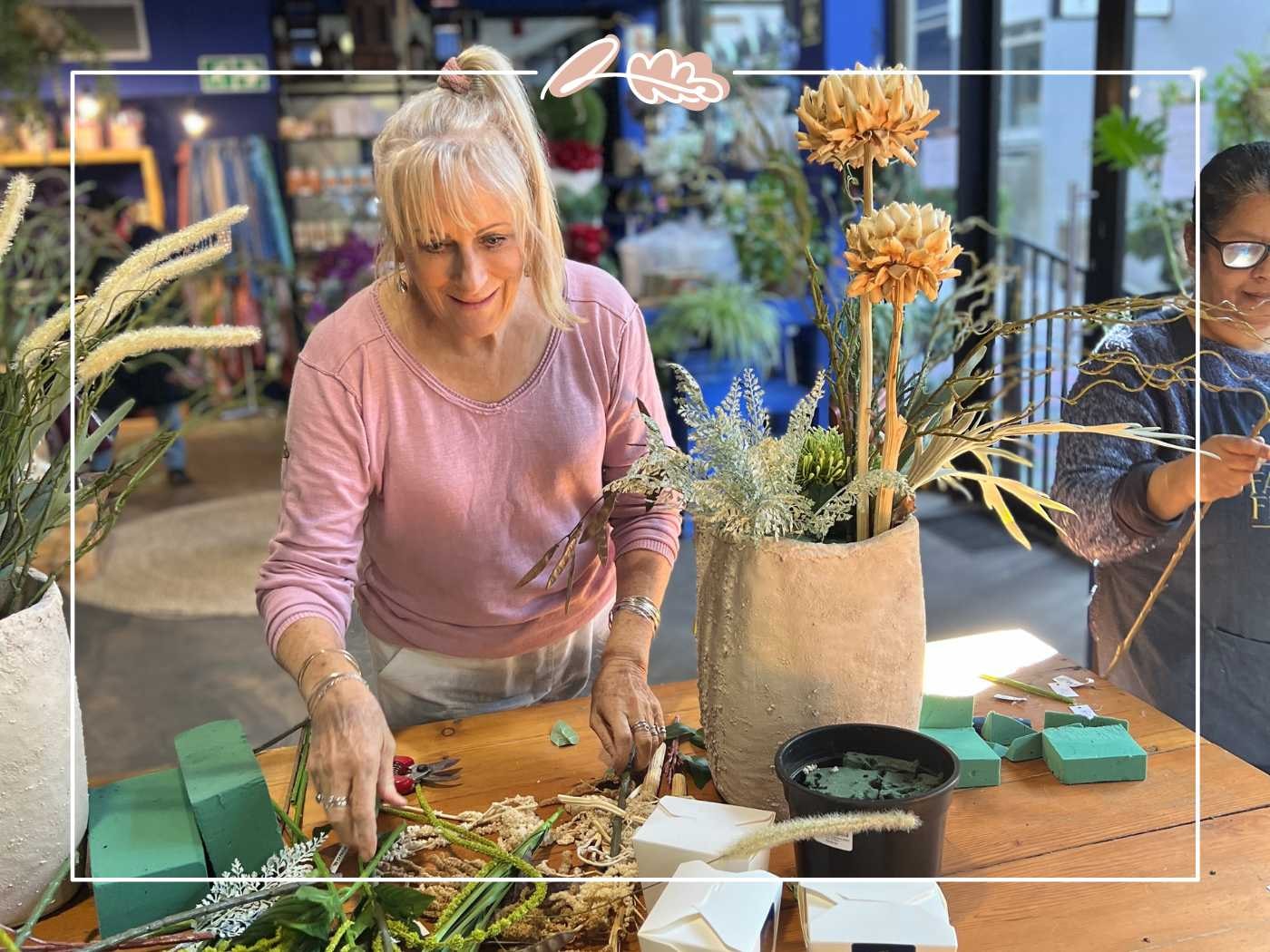
Placement and Environment
Their placement and environment, including humidity levels, greatly influence the longevity of your flowers. Humidity levels can significantly affect the freshness of flowers, with high humidity often leading to quicker wilting. Keep flowers away from direct sunlight, heat sources, and radiators to prevent wilting. Proper air circulation is also crucial as it helps to prevent mold and keeps the flowers fresh. Placing flowers in a cool location will help them last longer.
Position the vase in a cool, bright light, draft-free
Avoiding Direct Sunlight and Heat
The life of your flowers can be extended by:
- Keeping them away from direct sunlight and heat sources
- Freshly cut stems are surprisingly light-sensitive and should be kept away from direct sunlight
- Direct sunlight can cause the temperature around the flowers to rise, leading to faster water evaporation and wilting.
Flower arrangements should be kept away from heat sources to stay better hydrated. Both direct sunlight and heat sources can cause your flowers to wilt faster, leading to a shorter lifespan for your blooms.
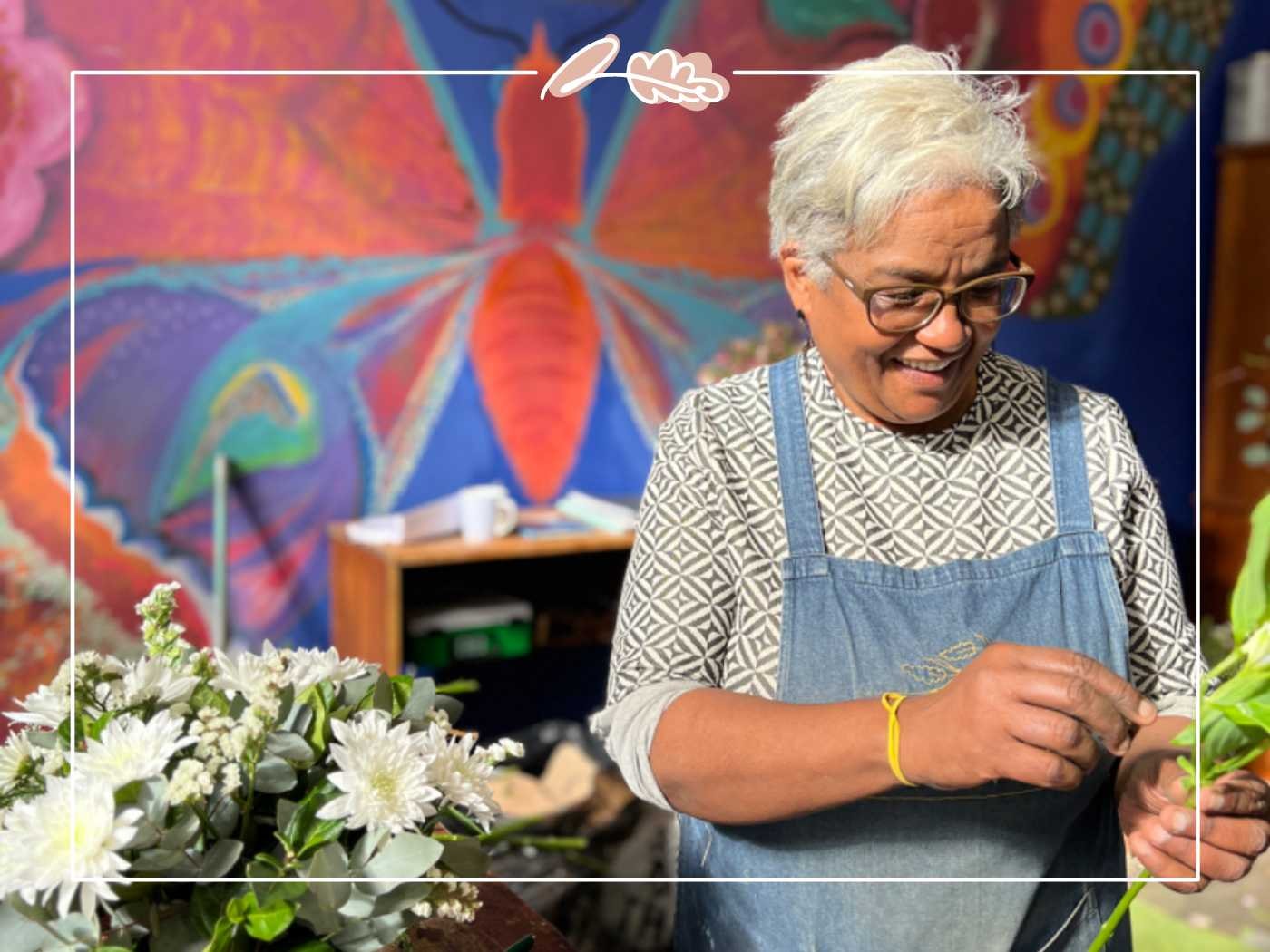
Keeping Away from Ripening Fruit
Ripening fruit produces ethylene gas, which can significantly shorten the life of your own plants and cut flowers and plants. Ethylene gas accelerates the aging process in flowers and plants, causing petals to drop prematurely.
To prolong flower freshness, keep fruit bowls containing ethylene-producing fruits away from flower arrangements.
Draft-Free Zones
A draft-free area provides a stable environment that is essential for the longevity of your flowers. Drafts can cause temperature fluctuations, which can stress flowers and reduce their vase life.
A table in the middle of a lounge or dining room is ideal for placing potted plants or flowers, as it avoids direct sunlight and heat sources.
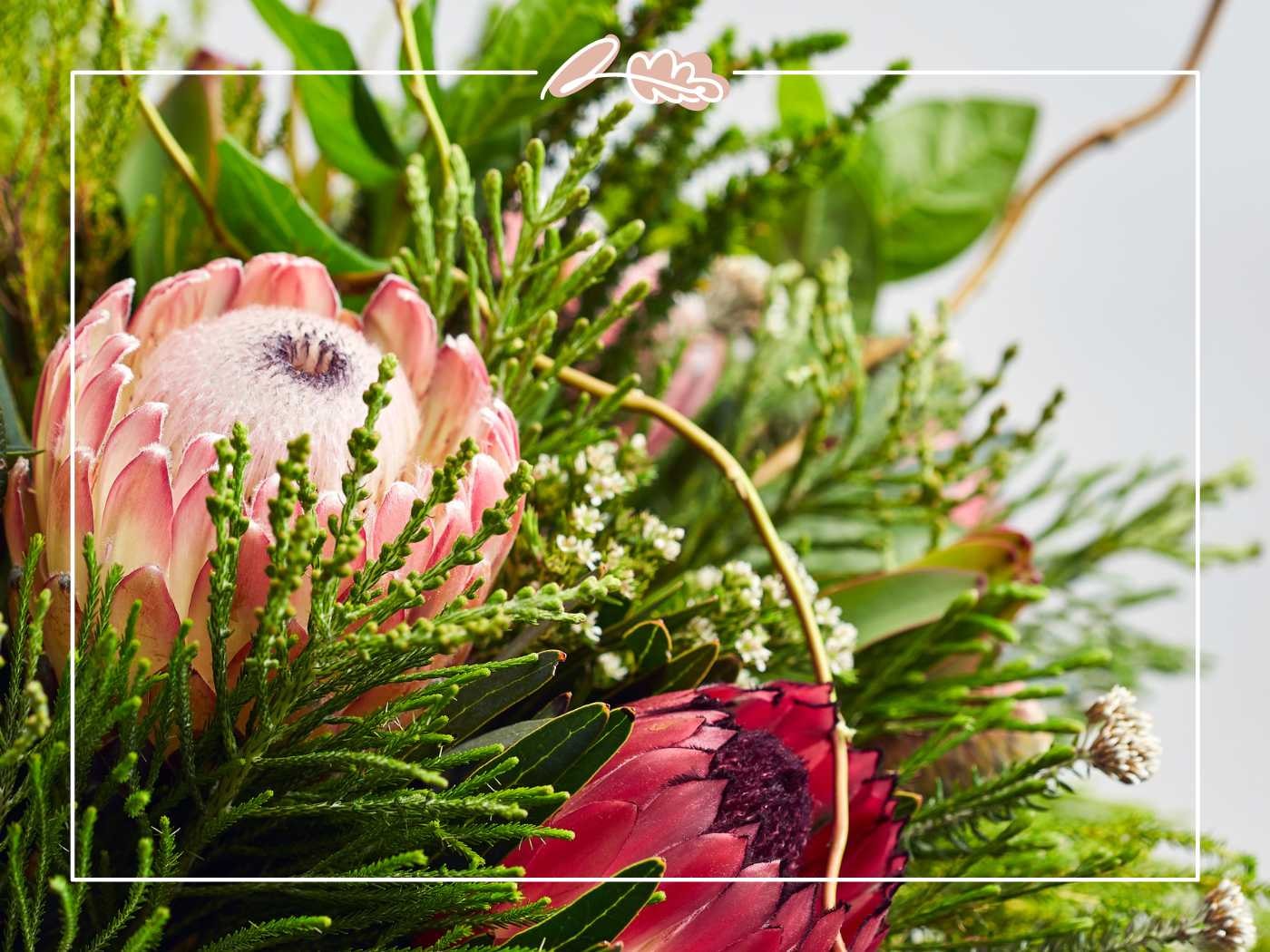
Special Care for Different Flowers
Specific care needs for different flowers can greatly enhance their vase life. Providing tailored care to each flower typecan enhance their ornamental value and keep flowers in them fresh longer.
For instance, when caring for flowers:
- Trim tulip stems regularly and choose a vase that supports at least half of the stem length.
- Remove the anthers from lilies to avoid pollen stains.
- Use distilled water for proteas as they are sensitive to chemicals in tap water.
Caring for Roses
Roses require special care to stay fresh and vibrant. Remove outer guard petals from roses to reveal the fresher inner petals. Wait to remove guard petals until the day of arranging to avoid shortening the rose’s life.
Cut stems at an angle when they arrive using a very sharp knife or garden pruners sharp scissors to ensure better water absorption. This practice helps keep your roses fresh and beautiful for a longer period.
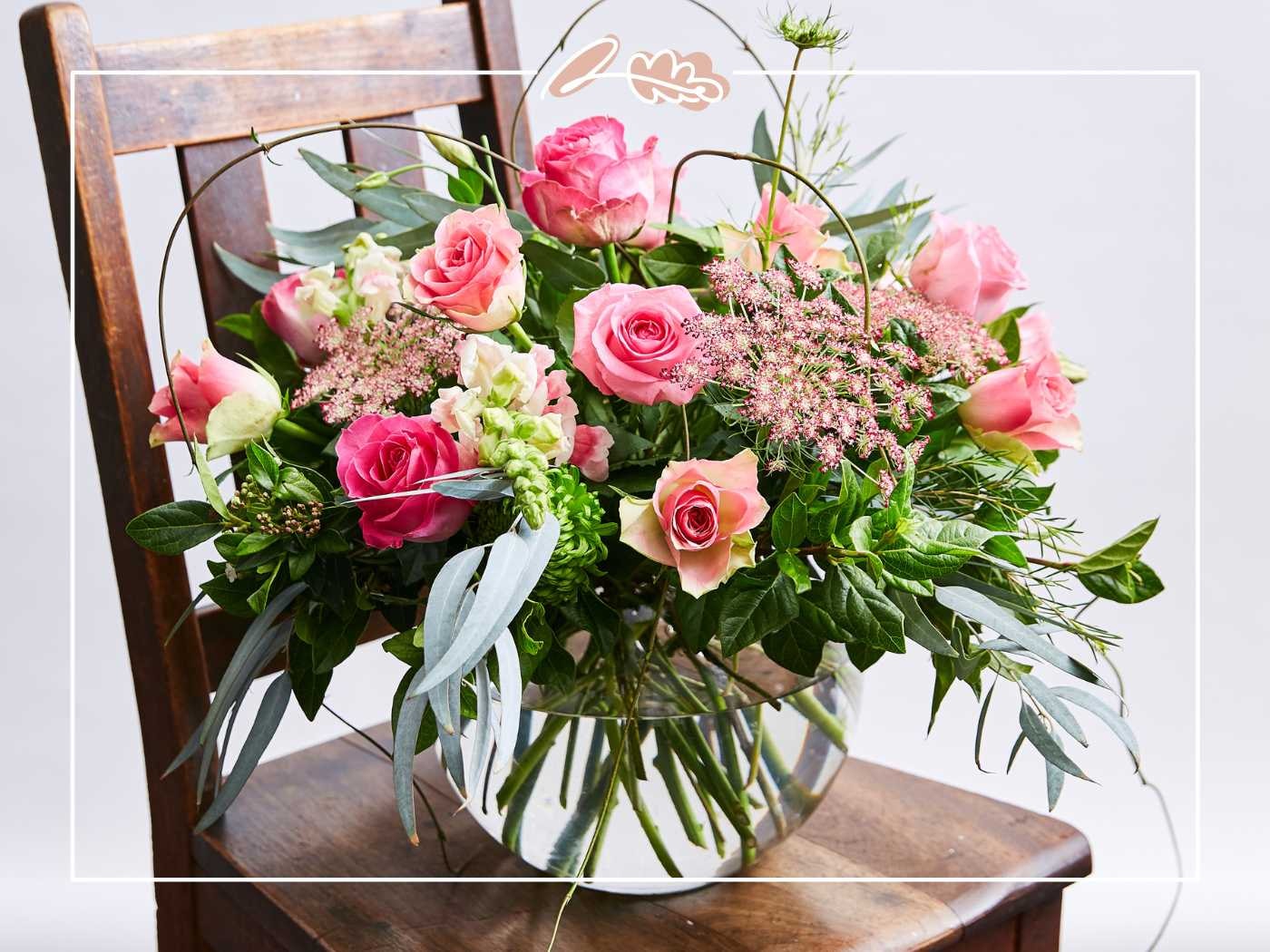
Caring for Tulips
Tulips continue to grow even after being cut, so it’s important to trim their stems regularly. Ensure your vase supports half the stem length to accommodate tulips’ growth and keep them upright and beautiful.
Caring for Delicate Flowers
Delicate flowers, such as orchids roses or sweet peas, need extra gentle handling to avoid bruising their petals and breaking their stems. Always use sharp scissors or a knife to trim the stems of delicate flowers to reduce damage and ensure they can absorb water efficiently. When removing leaves, be careful not to tear the stem or damage the bud.
To properly care for delicate flowers, follow these steps:
- Fill the vase two-thirds full with lukewarm water, which helps delicate flowers absorb water more efficiently.
- Adding commercial flower food or a homemade preservative nourishes delicate flowers and inhibits bacterial growth.
- Keep delicate flowers away from direct sunlight and heat sources, as these can cause them to wilt rapidly.
- Placing them in a cool, draft-free area helps maintain a stable environment for the flowers.
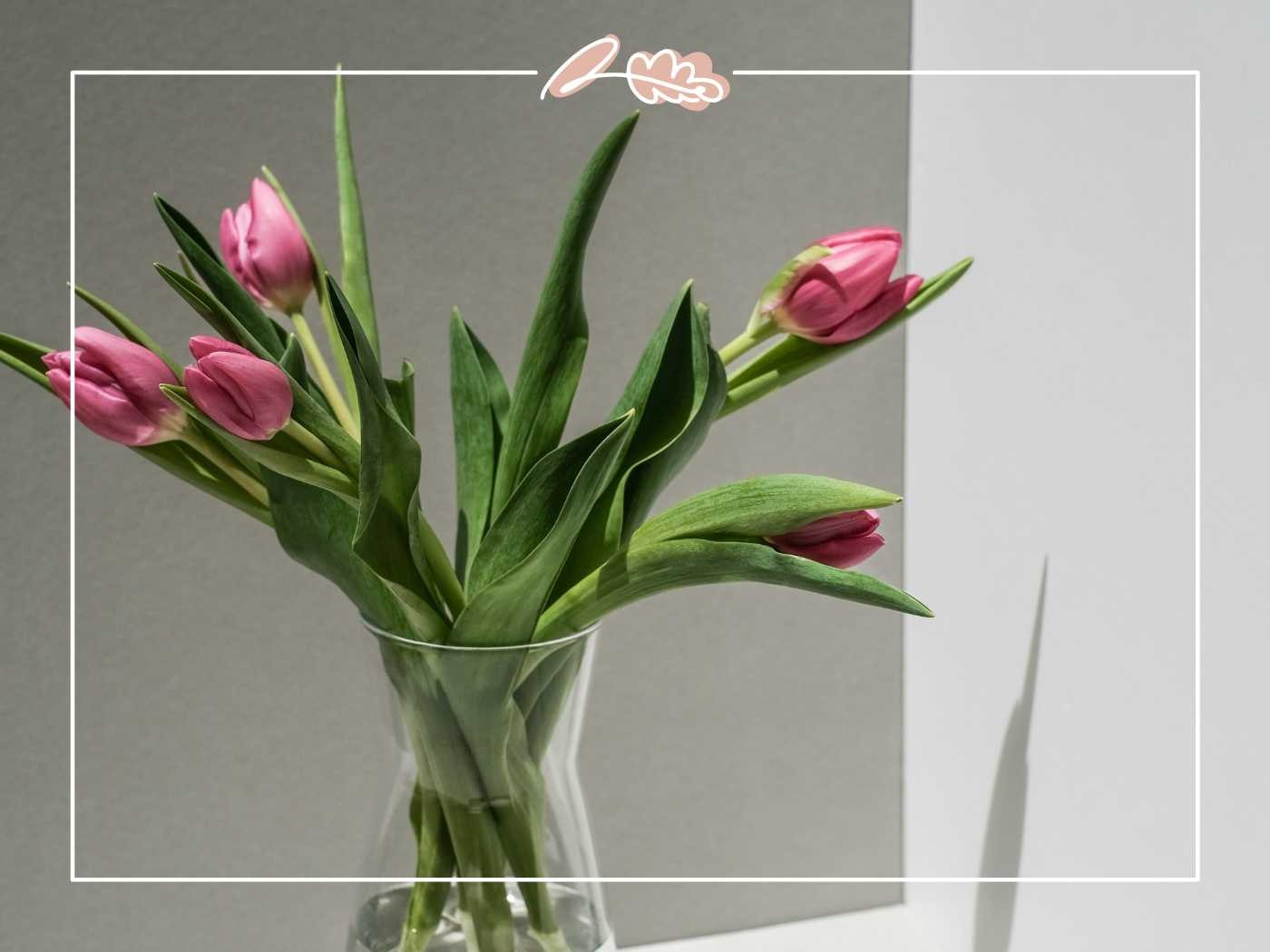
Troubleshooting Common Issues
Despite meticulous care, common issues like wilting, cloudy water, and falling petals might still occur with cut flowers. Stem decay can also be a problem, but it can be prevented by ensuring the stems are kept clean and dry. These problems can often be resolved with a few simple steps. Fungal growth is another issue to watch out for, and it can be avoided by keeping the environment clean and dry. Wilting cut flowers, for instance, can be revived by recutting the stems at an angle and treating the cut end with hot water to improve water uptake.
Cloudy water typically indicates bacterial growth and can be prevented by changing the water regularly and ensuring the vase is thoroughly cleaned before use. Petal drop can be minimised by avoiding exposure to ethylene gas from ripening fruit and maintaining proper hydration. By addressing these issues promptly, you can keep your flowers looking fresh and vibrant for longer.
Wilting Flowers
Insufficient water uptake, often caused by air bubbles blocking the stems’ water channels, usually results in wilting flowers. Recutting the stems at an angle under water helps to prevent air from entering the stems and improves water absorption. Treating the cut end with hot water can also help revive wilting flowers by opening up the water channels.
Additionally, ensure that the vase is filled with fresh water and the flowers are kept in a cool, draft-free area. Regularly check for wilting flowers and remove any that show signs of mold or decay to prevent them from affecting the rest of the bouquet fresh.

Cloudy Water
Cloudy water in a vase could indicate bacterial growth, stem decomposition, or fungal activity. To prevent this, change the vase water every three days and clean the stem and vase thoroughly with hot soapy water before refilling it with hot or cold water. This practice helps maintain clear water and prevents bacterial buildup.
Keeping tools and tables clean when handling flowers can also reduce the introduction of bacteria into the vase. By maintaining a clean environment and regularly changing the water, you can keep your flowers fresh and vibrant for longer.
Dropping Petals
Dropping petals, a common issue, can be attributed to various factors such as exposure to ethylene gas and improper hydration. To minimise petal drop, consider the following:
- Keep your flowers away from ripening fruit and other sources of ethylene gas.
- Make sure your flowers are properly hydrated by regularly changing the water in the vase and adding flower food.
- Trim the stems of your flowers at an angle before placing them in water to improve water uptake.
- Avoid placing your flowers in direct sunlight or near heat sources, as this can cause them to wilt and drop petals.
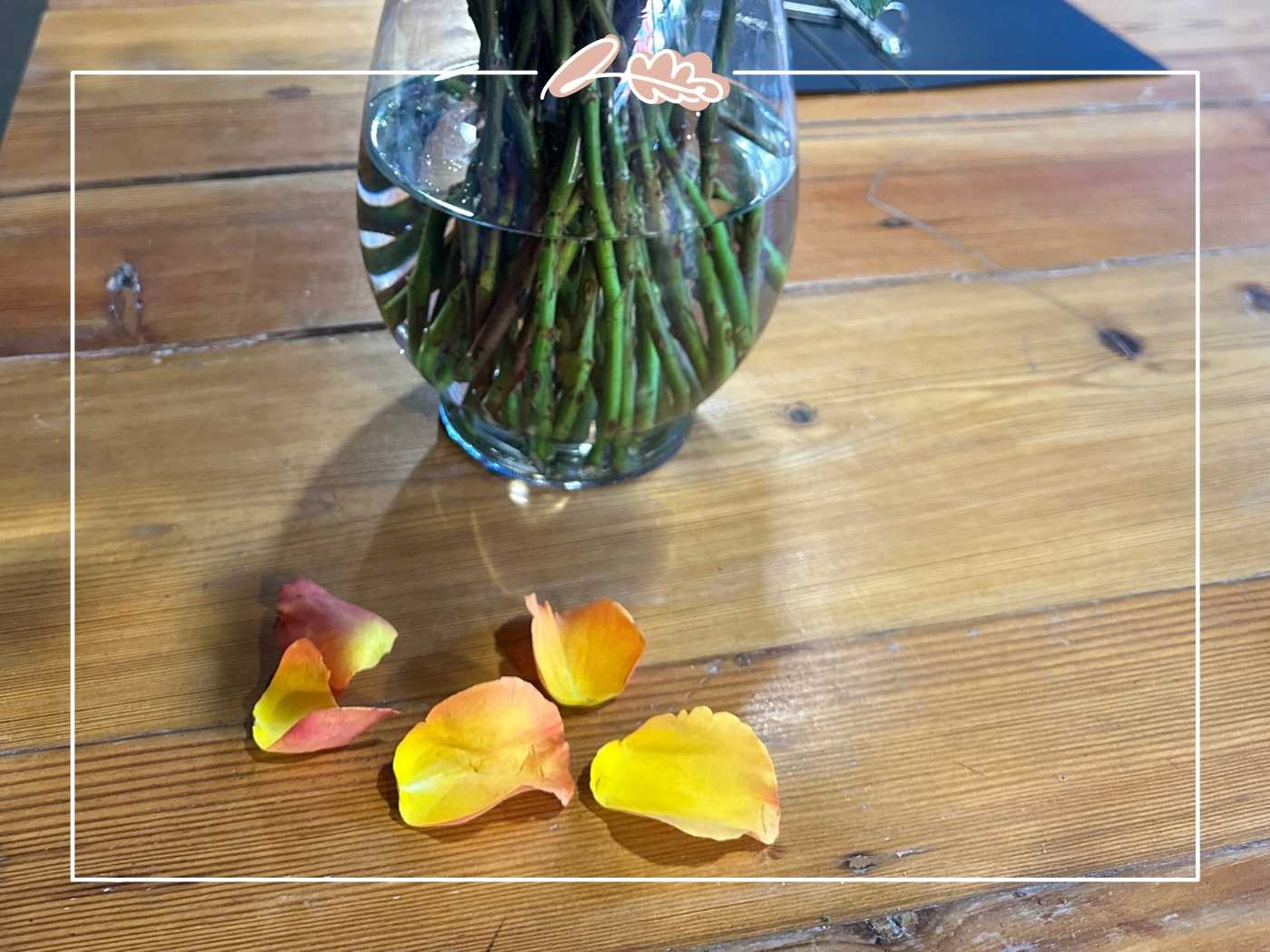
By following these tips, you can help prolong the life of your flowers and prevent petal drop.
Maintaining proper hydration is also essential for keeping petals intact. Ensure keep your flowers always have enough water and regularly check the water level in the vase. By addressing these factors, you can also keep flowers in your bouquet looking fresh and beautiful for a longer period.
Caring for Flowers in a Vase
Taking care of flowers in a vase involves several crucial steps, from proper preparation and selecting the right vase to maintaining fresh water and placing them in an ideal environment. Each step, from removing wrapping and cutting stems at an angle to adding flower food and avoiding direct sunlight, contributes to extending the vase life of your blooms.
By following these flower care tips, you can enjoy fresh blooms for an extended period, brightening up your space and bringing joy into your home. Remember, the key to keeping your flowers fresh longer lies in consistent care and attention to their needs. Embrace the beauty of your floral arrangements and let them inspire you daily.
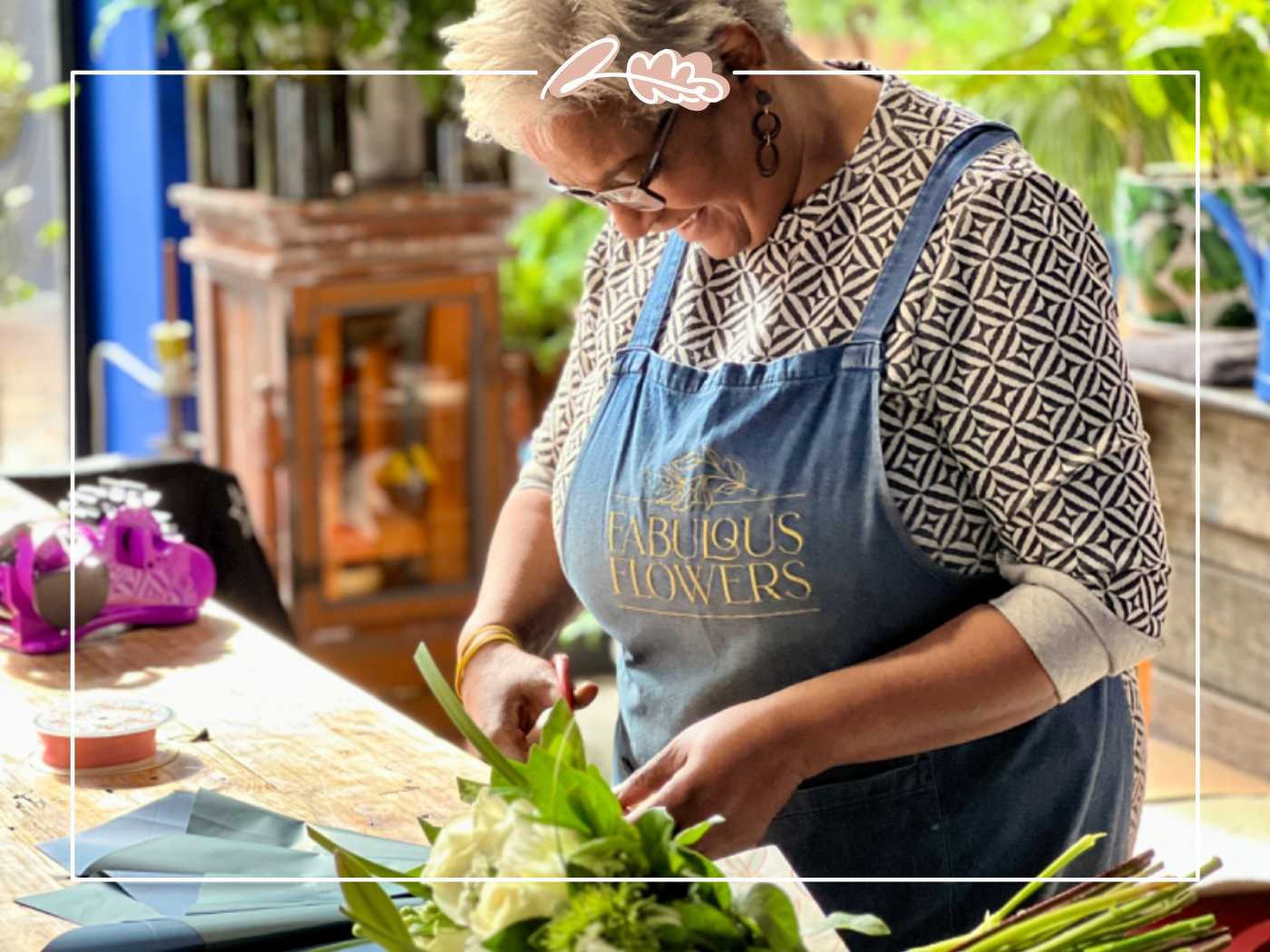
Frequently Asked Questions
How often should I change the water in the vase?
You should change the water in the vase every two days to prevent bacterial growth and ensure the flowers can absorb water effectively. This will help maintain the flowers' freshness and longevity.
Can I use tap water for my flowers?
Yes, tap water can be used for your flowers, but adding flower food or a homemade preservative can help keep them in optimal condition.
What should I do if my flowers start to wilt?
To revive wilting flowers re cut them, recut or cut the stems at an angle and treat the re cut end with hot water to improve water uptake.
Why is the water in my vase becoming cloudy?
The water in fruit bowl or your vase is becoming cloudy due to bacterial growth. To prevent this, change the water every three days and clean the vase thoroughly with hot soapy water.
How can I prevent my flowers from dropping petals?
To prevent and keep your flowers from dropping petals, keep them away from ripening fruit to avoid exposure to ethylene gas and make sure they are properly hydrated.









